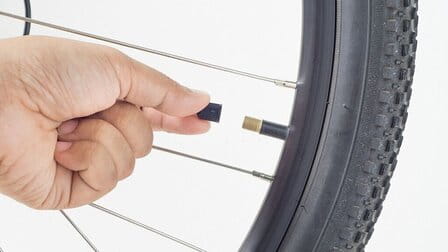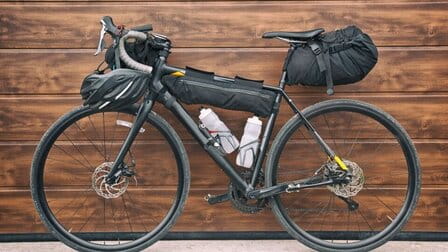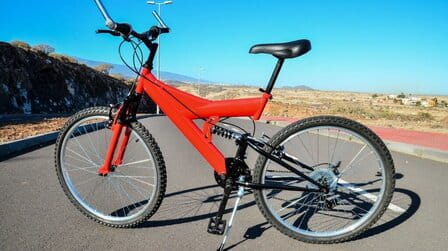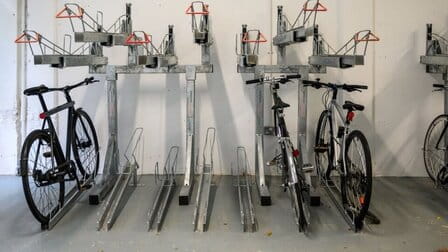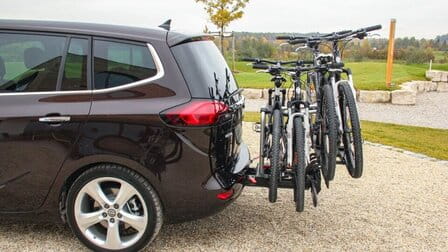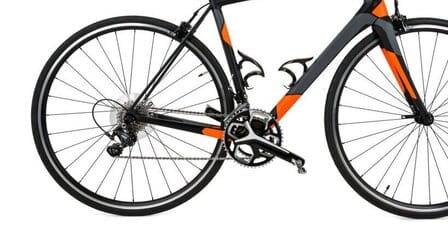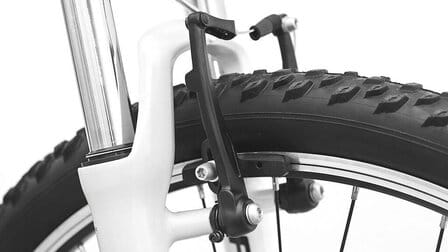Indoor cycling, often referred to as spinning, has become a staple in many fitness enthusiasts' routines. It's an exhilarating, high-intensity cardiovascular workout that can help you torch calories, build endurance, and strengthen your leg muscles. However, to maximize the benefits of a spin class and avoid discomfort or injury, it's crucial to set up your bike correctly. In this comprehensive guide, we'll delve into the intricacies of bike setup for a spin class, ensuring you're in the perfect position to pedal your way to fitness success.
The Significance of a Proper Bike Setup
Setting up your spin bike correctly is not just a matter of convenience; it's a key component of safety and performance. A well-adjusted bike offers a multitude of advantages:
- Injury Prevention: Correct alignment can significantly reduce the risk of discomfort, strain, or even injury during your workout.
- Optimized Performance: A properly configured bike enables you to pedal efficiently, ensuring you get the most out of your spin class.
- Enhanced Comfort: Riding a bike that suits your body type and preferences makes your workout more enjoyable.
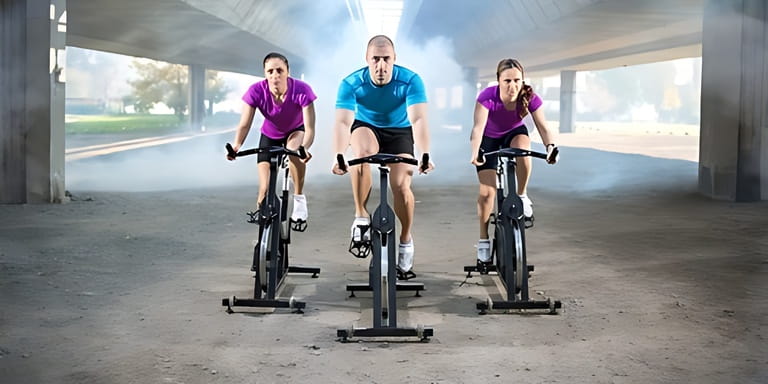
A Step-by-Step Guide to Setting Up Your Bike
Now, let's explore the various aspects of bike setup to ensure you're ready to conquer your spin class:
1. Adjusting Seat Height
The height of your seat is arguably the most crucial adjustment. An improperly positioned seat can lead to discomfort, reduced efficiency, and an increased risk of injury. Here's how to find the right seat height:
- Stand next to your bike and adjust the seat to hip height.
- Straddle the bike and place your feet on the pedals.
- At the bottom of your pedal stroke, your leg should be nearly fully extended, with just a slight bend in the knee.
- Your hips should remain stable, and you should maintain this position without swaying your hips from side to side.

2. Setting Saddle Fore and Aft
The fore and aft position of the saddle determines how far forward or backward your seat is placed. To adjust this:
- Sit on the bike and place your feet on the pedals.
- At the bottom of the pedal stroke, your forward knee should align with the ball of your foot.
- If this alignment is off, move the saddle either forward or backward to achieve the correct position.
3. Handlebar Height
The height of your handlebars plays a vital role in your comfort and posture. To set it up appropriately:
- Ensure your handlebars are level with or slightly below the height of the saddle.
- This alignment encourages an aerodynamic position, preventing discomfort in your lower back.

4. Handlebar Reach
The reach to the handlebars refers to the distance between the saddle and the handlebars. To make this adjustment:
- Sit on the bike with your hands on the handlebars.
- Your arms should have a slight bend at the elbows. If they are fully extended or overly bent, adjust the handlebar reach.
5. Cleat Position
If you're using cycling shoes with cleats, it's essential to position them correctly on the pedals. Proper cleat alignment ensures your foot and leg are in the right position for an efficient pedal stroke. If you're unsure about this, consider seeking assistance from a professional bike fitter.

Tips for Safety and Comfort
Besides the correct setup, there are several tips to keep in mind when engaging in a spin class:
Warm-Up
Before diving into a high-intensity spin class, take a few minutes to warm up. Pedal gently, gradually increasing your intensity to prepare your muscles and joints.
Maintain Proper Posture
Throughout your workout, focus on maintaining good posture. Keep your core engaged, your shoulders relaxed, and your hands light on the handlebars.
Stay Hydrated
Have a water bottle within easy reach. Staying hydrated is crucial, especially during an intense spin class.
Control Resistance
Adapt the resistance knob to match the instructor's guidance. Avoid overexerting yourself in the beginning, and gradually increase the resistance as you become more comfortable with the workout.
Listen to Your Body
Always pay attention to your body. If something doesn't feel right, don't push through it. Consult with the instructor or make adjustments to your bike setup as needed.
Cool Down
After the spin class, allocate some time to cool down. Pedal slowly to lower your heart rate and stretch your muscles.

The Benefits of a Well-Set-Up Bike
A spin bike that's correctly configured can significantly enhance your spin class experience. Here's what you can expect:
Enhanced Efficiency: A well-aligned bike allows for a more efficient pedal stroke, which can lead to improved performance and faster progress in your fitness journey.
Unparalleled Comfort: Say goodbye to discomfort and pain during or after your workouts. A comfortable bike setup ensures an enjoyable experience from start to finish.
Reduced Risk of Injury: Proper alignment reduces the risk of strain or injury, giving you the confidence to push yourself harder and achieve better results.
Mental Focus: When your body is comfortable and in sync with the bike, you can concentrate on the class, the music, and the instructor's cues.
Superior Results: Ultimately, a well-set-up bike can help you attain better results in terms of fitness and endurance.
Conclusion
Setting up your spin bike correctly is the crucial first step towards a successful and enjoyable spin class. It ensures you're comfortable, efficient, and safe throughout your workout. Whether you're an experienced spinner or just starting your fitness journey, taking the time to configure your bike properly will undoubtedly pay off in terms of improved performance, comfort, and injury prevention. So, get on that bike, make the necessary adjustments, and get ready to ride your way to fitness success. Your spin class has never felt so good!

